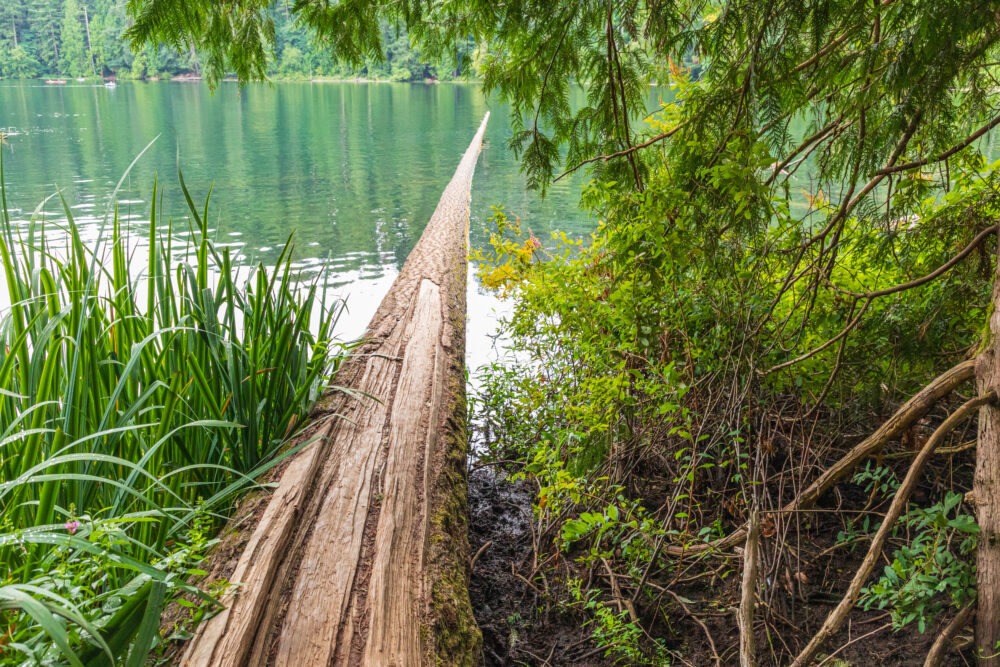Introduction to Battle Ground’s Climate
Battle Ground, Washington, is a picturesque city situated in Clark County, nestled amidst the verdant landscapes of the Pacific Northwest. Known for its small-town charm and close-knit community, Battle Ground offers a climate that is both typical of the region and distinct in its own ways. This article provides a detailed exploration of the city’s climate, offering insights into its seasonal variations, temperature ranges, and precipitation patterns. Using information from BestPlaces and WeatherSpark, we will delve into the characteristics that define Battle Ground’s weather throughout the year.
Seasonal Weather Patterns
Battle Ground experiences a temperate oceanic climate, characterized by mild, wet winters and warm, dry summers. The city’s weather is influenced by its proximity to the Pacific Ocean and the Cascade Mountains, which play a significant role in moderating temperatures and precipitation.
Winter (December to February): Winters in Battle Ground are typically cool and damp. Average high temperatures range from 44°F to 49°F, while lows can dip between 34°F and 37°F. Snowfall is relatively rare but can occur, adding a picturesque touch to the winter landscape. Rain is frequent, contributing to the city’s lush greenery.
Spring (March to May): Spring sees a gradual warming trend with temperatures rising from 50°F in March to around 64°F in May. This season is marked by a mix of rainy and sunny days, making it an ideal time for outdoor activities as the landscape bursts into color with blooming flowers and budding trees.

Summer (June to August): Summers are pleasantly warm with temperatures averaging between 72°F and 80°F. This season is the driest, offering plenty of sunshine and minimal rainfall. It’s the perfect time for enjoying the region’s numerous parks and recreational areas.
Fall (September to November): Fall brings cooler temperatures and increased rainfall. Highs decrease from 74°F in September to 51°F in November, while lows drop from 50°F to 38°F. The season is known for its vibrant foliage and a gradual transition to the wetter, cooler months of winter.
Temperature Trends
Temperature trends in Battle Ground reflect its moderate climate. The city’s temperature fluctuations are less extreme compared to other parts of the United States, thanks to the Pacific Ocean’s moderating influence.
Annual Average Temperatures: The annual average high temperature in Battle Ground is approximately 60°F, while the average low is around 45°F. This mild temperature range is a hallmark of the city’s temperate climate, providing residents with comfortable living conditions year-round.
Temperature Extremes: While extreme temperatures are rare, Battle Ground can occasionally experience warmer or cooler periods. Highs above 90°F are uncommon but can occur during particularly hot summer days. Conversely, lows can occasionally drop below freezing during winter nights, though such instances are infrequent.
Precipitation Patterns
Precipitation is a defining feature of Battle Ground’s climate, with the city receiving significant rainfall throughout the year. This rainfall supports the lush vegetation and abundant greenery that the region is known for.
Annual Rainfall: Battle Ground receives an average of approximately 41 inches of rain annually. The wettest months are typically from November through January, aligning with the city’s winter weather. Rainfall is more evenly distributed across the year compared to some other regions, although summer months tend to be drier.
Snowfall: Snowfall is relatively modest in Battle Ground, with an average annual accumulation of around 5 inches. Snow events are sporadic and usually melt quickly, contributing less to the city’s overall precipitation compared to rain.
Impacts on Lifestyle and Activities
The climate of Battle Ground significantly influences the lifestyle and recreational opportunities available to residents and visitors. The mild temperatures and seasonal variations offer a range of activities throughout the year.
Outdoor Recreation: The city’s pleasant summer weather makes it ideal for outdoor activities such as hiking, biking, and exploring local parks. The cooler, rainier months provide opportunities for cozy indoor activities and enjoying the natural beauty of the changing seasons.
Gardening and Agriculture: The ample rainfall and moderate temperatures support gardening and small-scale agriculture. Residents can enjoy growing a variety of plants, flowers, and vegetables in their gardens, benefiting from the region’s fertile soil and favorable climate conditions.
Future Climate Considerations
As with many regions, Battle Ground faces potential climate challenges related to global climate change. While the city’s current climate is characterized by stability and moderation, future changes could impact weather patterns and local ecosystems.
Climate Change Impacts: Potential impacts of climate change include increased temperatures, altered precipitation patterns, and more frequent extreme weather events. These changes could affect water resources, agriculture, and the overall quality of life in Battle Ground.
Adaptation and Resilience: The city’s planners and residents may need to consider adaptation strategies to mitigate the effects of climate change. This could involve updating infrastructure, managing water resources more efficiently, and promoting sustainable practices to ensure the city remains resilient in the face of changing conditions.
In conclusion, Battle Ground, WA, offers a climate that is typical of the Pacific Northwest: mild, with significant rainfall and moderate temperatures. Understanding these climatic characteristics helps residents and visitors appreciate the region’s natural beauty and prepare for the seasonal variations that define life in this charming city.
Roofing Contractor Battle Ground WA
